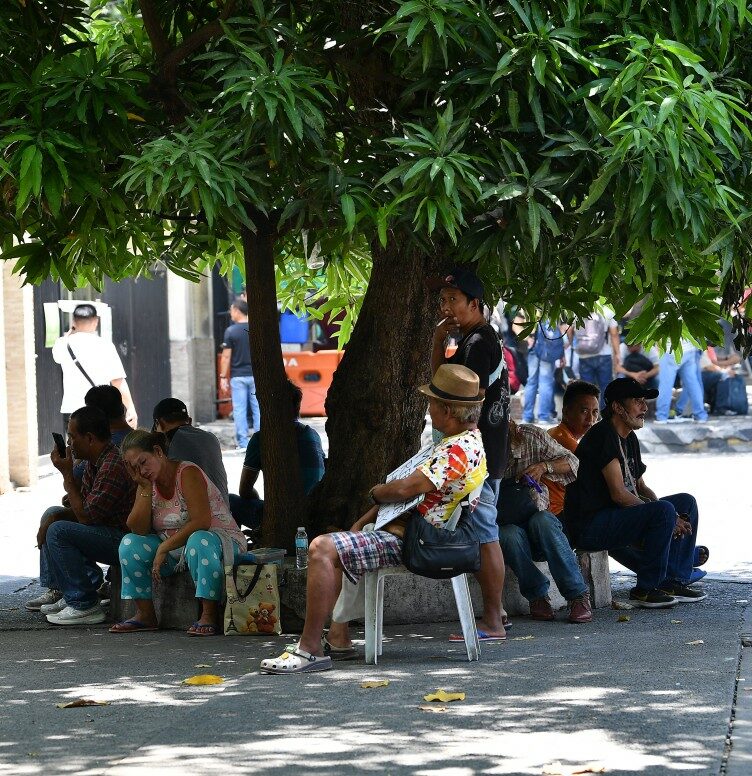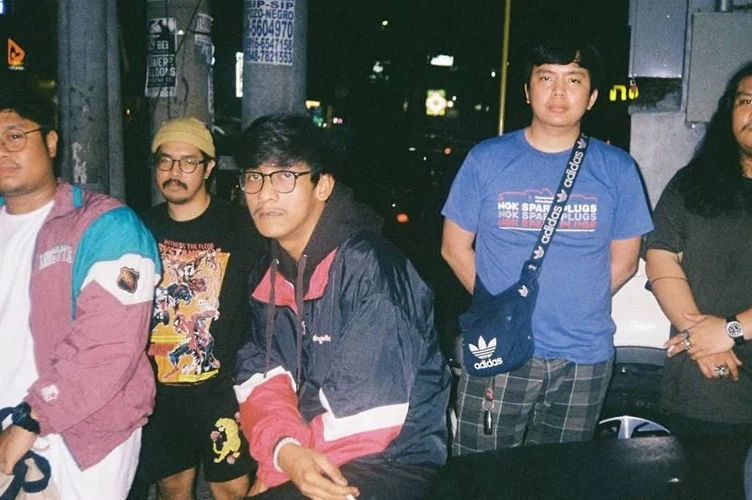NEARLY 200 countries, including the Philippines, have agreed to a legally binding international treaty to protect the world’s oceans or the high seas.
Under the High Seas Treaty, 30 percent of the seas will be declared protected areas in seven years, or year 2030.
Why it matters
More than 60 percent of the world’s oceans are considered international waters or high seas. That means no country owns it. All countries have the right to fish, ship and do research there.
It also means that no country is protecting it.
Without protection, marine life on the high seas face risk of exploitation from threats.
The Philippines is a leader of global marine biodiversity. But fishermen have been experiencing a decline of fish catch since the previous years due to overfishing and acidification of the ocean brought by climate change.
International environmental warrior group Greenpeace estimates that about 1.2 million Filipinos in the fishing, tourism, and food sectors rely on the oceans for their livelihood.
It’s a victory for the oceans and it’s a victory for people power. Protecting the oceans also helps guarantee the livelihoods and food security of the billions of people in coastal communities that depend on them”
Greenpeace

Negotiations in the UN
It took more than a decade for members of the United Nations to finally reach an agreement to safeguard and restore marine life.
After 38 hours of discussions, oceans ambassadors from various countries agreed to the treaty on Saturday evening at the UN headquarters in New York.
“Ladies and gentlemen, the ship has reached the shore,” UN conference chair Ambassador Rena Lee of Singapore said in announcing the agreement, drawing an extended standing ovation in the meeting room.
SUGGESTED STORIES:
Dagupan sizzles at 48-degree heat index
IT just keeps getting hotter. Dagupan City, which was baked.
NewJeans, tuloy pa rin sa activities sa kabila ng HYBE-ADOR conflict
SINIGURO ng South Korean entertainment company na HYBE na hindi.
My barkada: A post-graduation friendship
EVEN as we enter the professional world, we cherish our.
The first treaty about the sea was signed 40 years ago in 1982 — the UN Convention on the Law of the Sea (UNCLOS). Under UNCLOS, the High Seas are declared owned by mankind.
30×30 target
The Treaty keeps the 30×30 target — protecting 30 percent of the world’s oceans by 2030.
Areas which will be declared marine protected areas in the high seas will have limits on fishing, routes of shipping lanes and deep sea mining or other exploration activities.
Proposals for deep sea mining as well as harvesting of compounds from marine life for drugs may also be limited.
Environmental groups said deep sea mining disturbs animal breeding grounds, creates noise pollution and is toxic for marine life.
“There are still flaws in the text, and governments must ensure that the Treaty is put into practice in an effective and equitable way for it to be considered a truly ambitious Treaty,” Greenpeace said.
Adoption of treaty, ratification
The text of the treaty is still being edited. Countries will need to meet again to adopt the agreement formally.
Some 60 countries, including the Philippines, need to ratify the agreement for it to enter into force.
Needless to say, the Philippines welcomed the adoption of the Oceans Treaty.
The Philippines consistently underlined the principle of common heritage of humankind & importance of giving due regard to the rights & jurisdiction of adjacent coastal States and archipelagic States, which are heavily dependent on the sea”
Philippine Foreign Affairs Secretary Enrique Manalo










